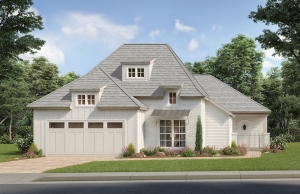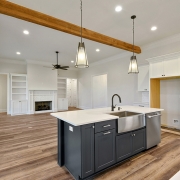The National Green Building Standard and What I Can Do for Green Renovations on Historical Homes and Buildings
 Historical homes are important to our housing market. Renovations on historical homes can be challenging because of surprise damage, regulations and preservation. Take this challenge and top it with making an older home green. This is where National Green Building Standard® (NGBS) comes in handy.
Historical homes are important to our housing market. Renovations on historical homes can be challenging because of surprise damage, regulations and preservation. Take this challenge and top it with making an older home green. This is where National Green Building Standard® (NGBS) comes in handy.
The National Green Building Standard® (NGBS) is a guide to certification for green homes. Chapter 11 in this guide is dedicated to the “Certification for Existing Buildings.” Building professionals can use this guide for a comprehensive, voluntary, above-code approach to design and construct residential and mixed-use properties and for land development. Builders are able to take this guide and use it as a “roadmap for green renovation projects” and match it with historical preservation regulations
Many builders are taking old historic buildings and turning them into residential properties. Things they need to consider are how many units will they include in their design and how much energy and water the proposed property will use versus how much the post-rehab used.
This can be a difficult task however with the NGBS these types of projects have more flexibility. Under the NGBS mandatory, historically designated buildings with historic designation restrictions are exempt from NGBS mandatory practices for unaltered portions. Cargill Falls Mill in Putnam, Connecticut is a great example.
Cargill Falls Mill is located on the Quinebaug River and is deemed a historical building. The property was turned into over nine acres of residential space with 125 units.
Karla Butterfield, NGBS Green Master Verifier, of Steven Winter Associates noted: “As a historically registered landmark, the complex was under strict renovation requirements. The NGBS remodeling program was the only residential tool that allowed the project to quantify the energy and water savings while addressing the great efforts made by the project team to reduce material and resource consumption, improve indoor air quality, address sustainable site strategies, and promote health and wellbeing for residents.”
Old buildings, especially in urban areas, are perfect projects to make into residential space. To learn more about the process visit the National Association of Home Builders site where NAHB’s Sustainability and Green Building efforts are explained. You can also find tips on water efficiency, energy efficiency, indoor air quality, and other building science strategies.




